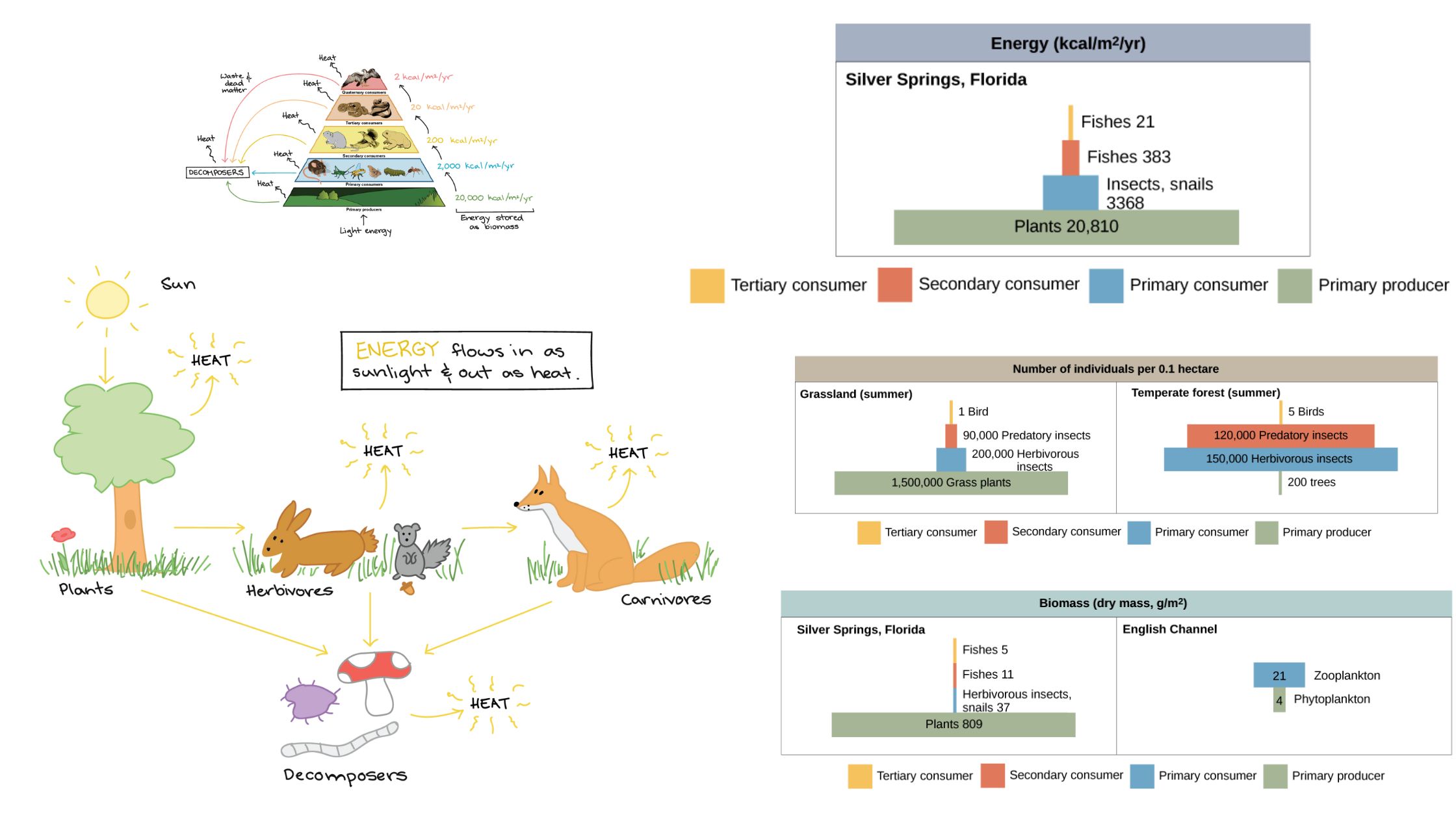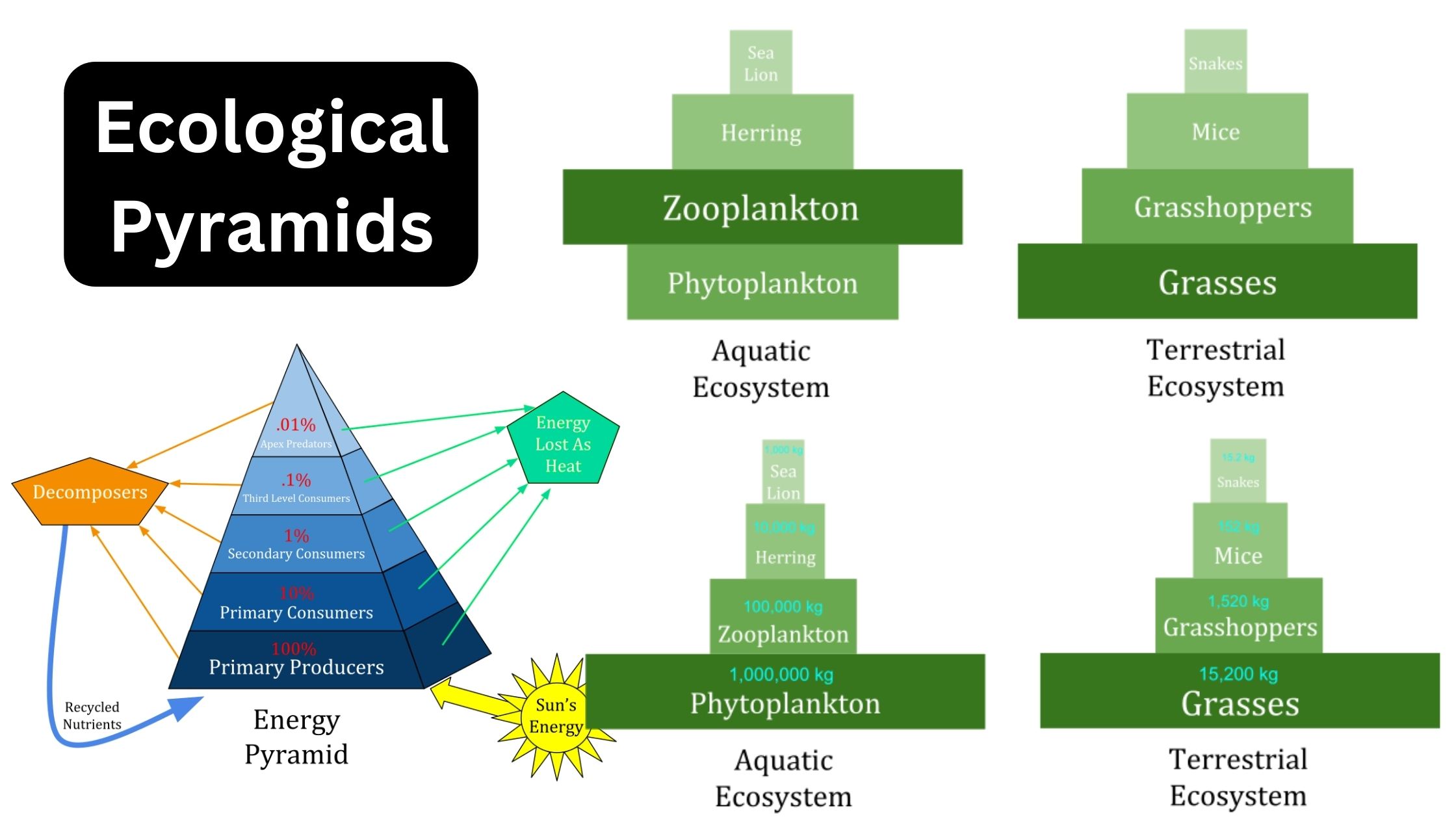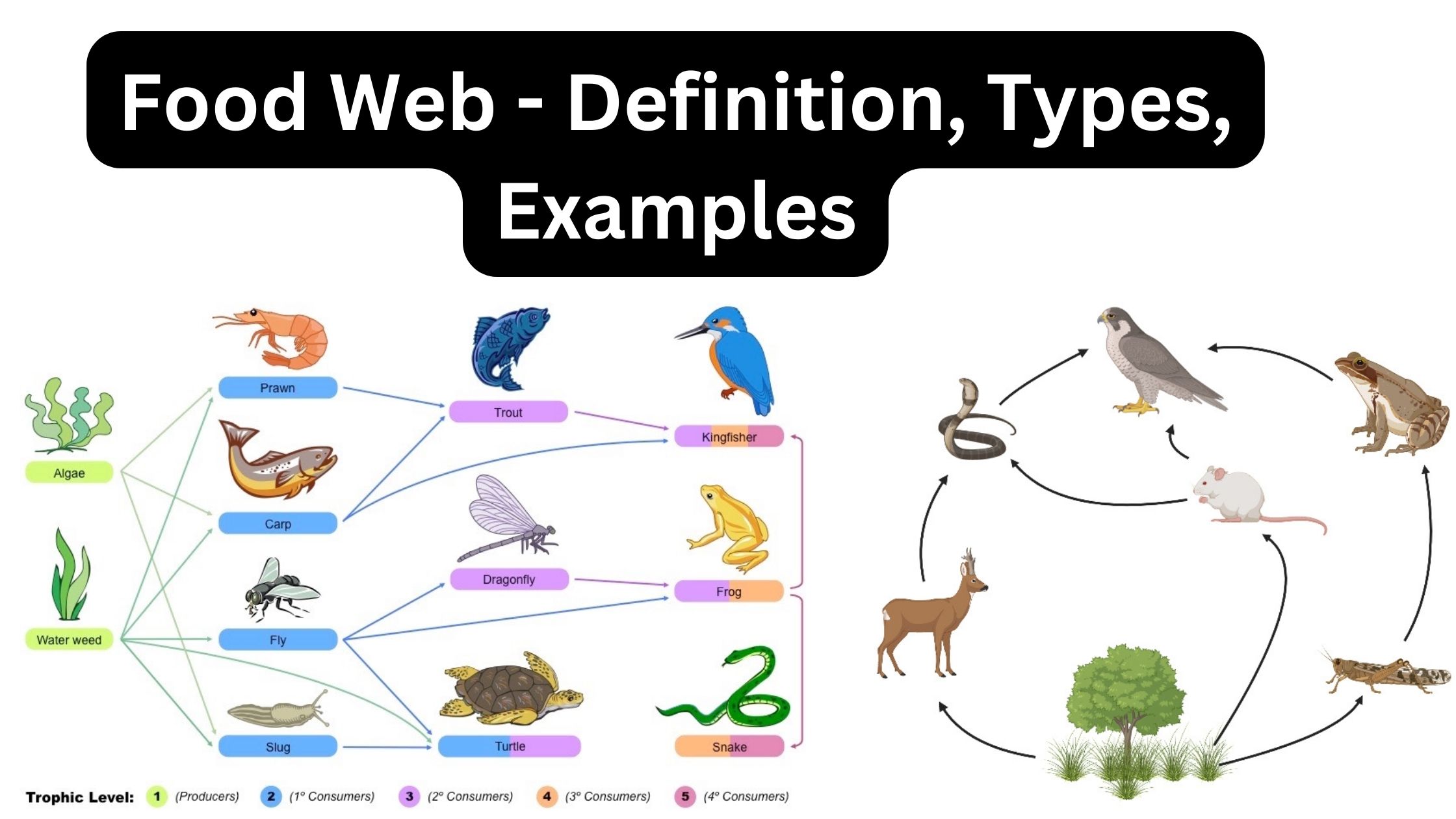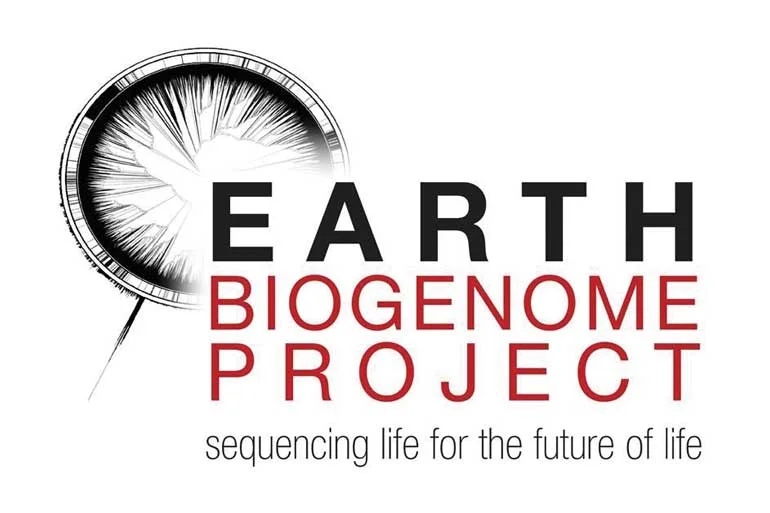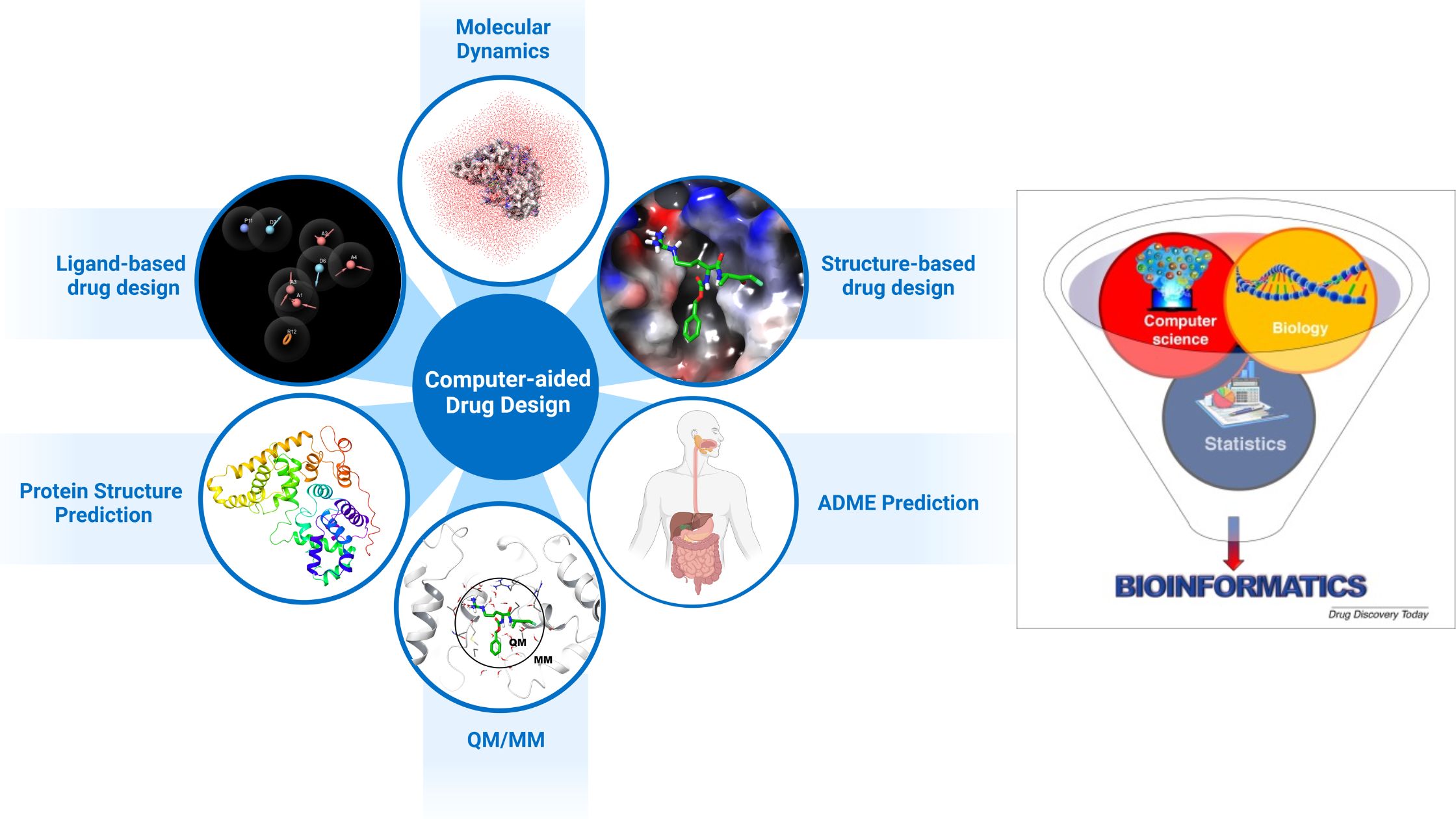Energy Flow in Ecosystem
Energy Flow Energy Flow in Ecosystem Law of Thermodynamics in the Ecosystem Food Chain In the ecosystem, there are basically three different kinds of food chains. In nature, we mostly look at the food web because many living things eat both plants and animals. So, they live in more than one trophic level. Producers are … Read more
